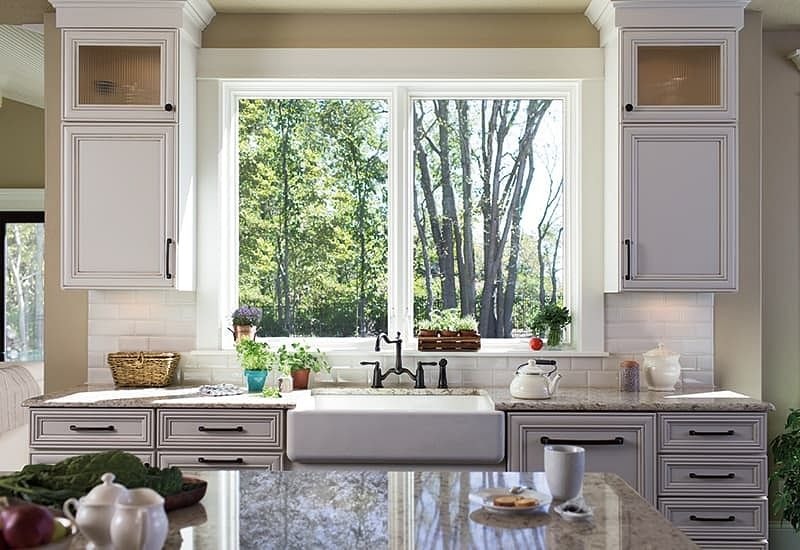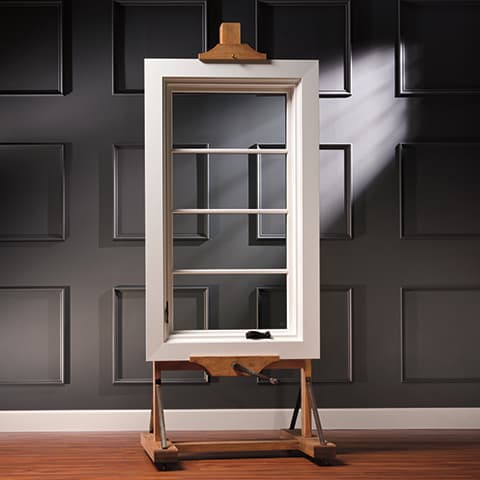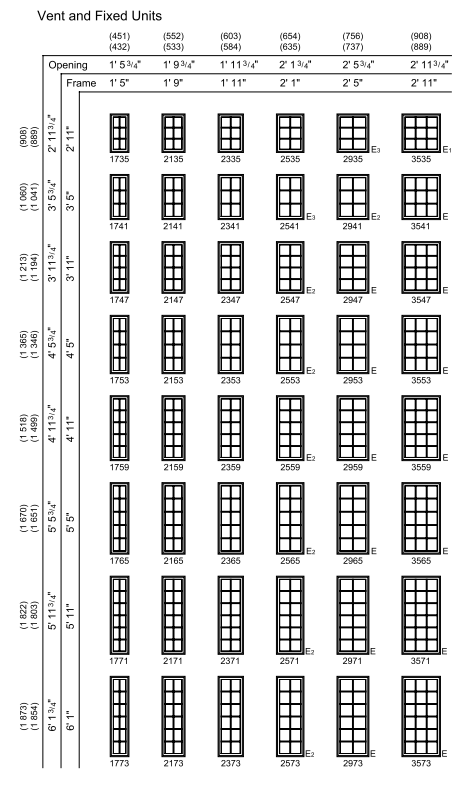The Different Shapes and Sizes of Casement Windows
Posted
on July 3, 2018

Casement windows come in all different shapes and sizes. Picking the right size and style is one of the most important choices to make when it comes to replacing or installing windows.
The truth is, there is no “right size.” While some casement window sizes might be more common than others, when it comes down to it, every window purchase is unique and can be custom-fit to the buyer’s window size.

Considering Your Casement Window Options
For casement windows, there are a lot of options and configurations. First, decide if you want a vent or fixed casement window. Vent casement windows mean crank open from the right or the left. Fixed casement windows don’t open at all.
Next, consider the different shapes and configuration possibilities. To keep it simple, you can do a single, horizontal casement window that’s either vent or fixed. If you want to add more, you can add a transom window above it, place another horizontal casement window next to it, or use other casement windows in different sizes around it.
Sizing Up Your Casement Windows
Standard industry practices have common size options. One way that the industry typically displays size options, it helps to know how window sizes are titled. For example, a common window size is 3838. The first two digits describe the width of the window, and the second two digits are the height of the window. So, a 3838 window is 3’8” by 3’8”. Take a look at some standard sizes in the screenshot image below from a Pella specifications page:

Measuring Your Casement Windows for Replacement
To find the right size of casement window for your home, you need an accurate measurement of each window opening. Get a rough measurement of your casement window by following these steps:
- Take all measurements from inside the house.
- Measure the width and height of the window by measuring past the sash stops and past the interior trim.
- Remember that you need to measure to the size of the hole you would be left with if you removed the window.
Accurate measurements are very important to window fit and performance. If your measurements are off by even fractions of an inch, there is an opportunity for window sizing that does not fit your opening and cannot be installed properly. To avoid any incorrect measurements and get the best possible results, you can schedule an in-home consultation with a window professional. That way, you can rest assured, knowing that your windows will fit just right.
Casement windows come in all shapes and sizes, so take the time to figure out what’s the best fit for your home. A professional opinion can be worth the time and effort, ensuring that you will get the right window in the right size.
Schedule a free consultation to find windows and doors for your home.
